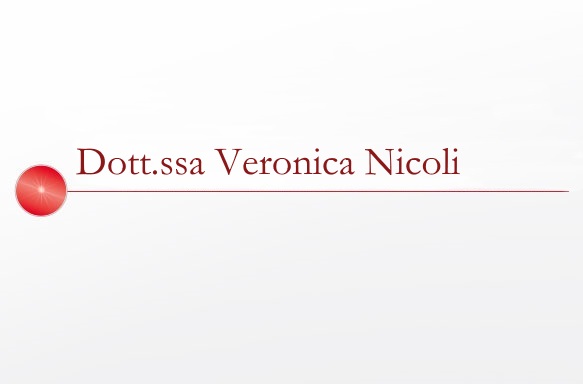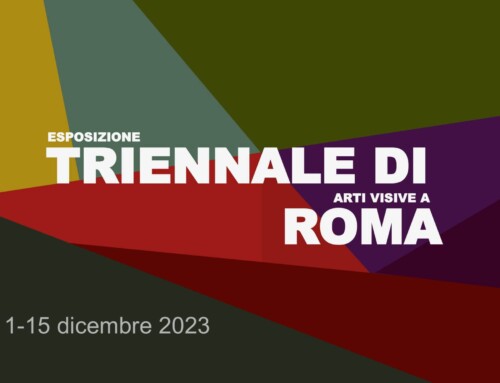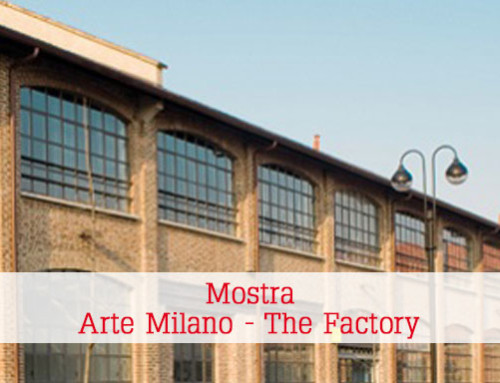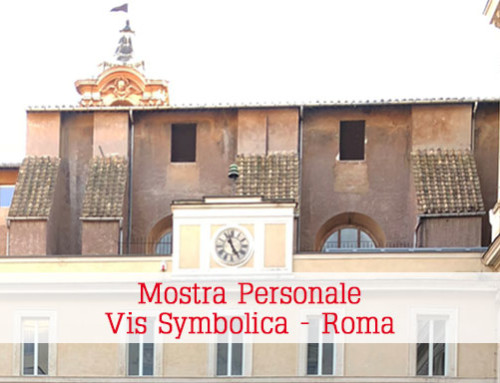
![]()
Chi avesse voglia, oggi, di entrare in contatto con quel meraviglioso ed affascinante mondo che è l’Antichità Classica ha a disposizione due strade da intraprendere : munirsi di manuali di Archeologia e di Letteratura Latina o Greca e tuffarsi a capo fitto al Mann di Napoli o ai venerandi siti archeologici di Pompei ed Ercolano; oppure osservare e contemplare, anzi, forse ancor meglio studiare l’arte di Alessandra Casciotti, che di quel mondo, di quella cultura, di quel tempo sospeso tra mito e realtà, si fa portavoce ed epigone. Eppure Alessandra aveva deciso di intraprendere un’altra strada, essendosi laureata in Lingue e Letterature Straniere. Ma poteva lei, nata a Roma, essere aliena al richiamo e al fascino della Città Eterna, del Colosseo, dei Fori Imperiali, dell’Arco di Tito? Poteva, in una città che trasuda arte da ogni suo poro, che ha visto gli artisti più gloriosi di ogni epoca camminare per quelle strade e quelle strade riempire di opere magnificenti, non tentare anch’ella di dire la propria? Poteva una donna con la cultura e la sensibilità di Alessandra, restare indifferente a quei duemila anni di storia e di creatività che si celano dietro al nome di Roma? No, non l’ha fatto! Ed infatti Alessandra con le sue opere, che hanno la potenza evocativa di un Alma-Tadema, l’icastica semplicità della Pop Art e il tono fiabesco di Lewis Carroll, ci consente di fare un vero e proprio viaggio nel tempo. Tra le opere più significative il ciclo delle Stagioni ( oli su tela cm 90×90) una vera e propria sinfonia di sapore vivaldiano che ha permesso ad Alessandra di affrontare con minuzia scrupolosa l’indagine del corpo femminile e del mondo naturale, restituendoci, al contempo, una realtà fatta di simboli ed arcani. Un mondo primigenio che ha il fascino delle pagine miniate del tardo Medioevo e del primo Quattrocento. Opere come Diana (olio su tela cm 90×90) e La luce del mito (olio e tecnica mista su tela cm 70×100) poi, ci consentono di spostarci sul crinale temporale della classicità con grande ampiezza: dai frontoni dei templi greci alle rivisitazioni novecentesche di De Chirico. L’azione mitopoietica dell’artista romana mi pare poter esser riassunta ( ma non contenuta ) nell’enigmatica Opportunità ( olio su tela tecnica mista diametro cm 60 ) un’affascinante “ruota alchemica” che ci consegna, in toto, le chiavi di lettura dell’animo umano e del proprio agire sociale. Un mistero che affonda le sue radici nel pensiero filosofico dell’epoca moderna, da Pico della Mirandola a Giordano Bruno.
Veronica Nicoli
![]()
The person who wishes to come in contact with the wonderful and fascinating world represented by Classical Antiquity, has two options: purchase manuals on Archaeology and Latin and Greek Literature and visit the MANN in Naples or the venerable sites of Pompei and Ercolano; or he can observe and contemplate, maybe even study the art of Alessandra Casciotti who is spokeswoman and follower of that world, culture, evanescent time between myth and reality.
Yet Alessandra had decided to take another path, having graduated in Foreign Languages and Literatures. But could she, born in Rome, be alien to the return and charm of the Eternal City, the Colosseum, the Fori Imperiali, the Arch of Titus?
Could she, in a city that oozes art from every pore, which has seen the most glorious artists of every age walking through those streets and streets filled with magnificent works, not even try to express her own point of view?
Could a woman with Alessandra’s culture and sensitivity remain indifferent to two thousand years of history and creativity that lie behind the name of Rome?
No she did not! In fact, Alessandra with her works, which have the evocative power of an Alma-Tadema, the icastic simplicity of Pop Art and the fairytale tone of Lewiss Carroll, allows us to make a real journey through time. Among the most significant works the cycle of Seasons (oil on canvas 90×90 cm) a real symphony of vivaldian flavor that has allowed Alessandra to deal with scrupulous detail the investigation of the female body and the natural world, giving us, at the
same time, a reality made of symbols and arcana. A primitive world that has the charm of the illuminated pages of the late Middle Ages and the early
fifteenth century. Works like Diana (oil on canvas, 90×90 cm) and La Luce del mito (oil and mixed technique on canvas, 70×100 cm) allow us to move on the temporal crest of classicism with great amplitude: from the pediments of Greek temples to twentieth-century revisitations by De Chirico.
The mythopoeic action of the Roman artist seems to me to be summarized (but not contained) in the enigmatic Opportunity (oil on canvas, mixed technique, diameter cm 60) a fascinating “alchemical wheel” that gives us, in its entirety, the keys to reading the human soul and of one’s social action. A mystery that has its roots in the philosophical thought of the modern era, from Pico della Mirandola to Giordano Bruno.
Veronica Nicoli



